The Framework of Anatomy and Physiology
Objective 1.1
1.1.1 State and compare the definitions of anatomy and physiology.
1.1.2 Compare and contrast anatomical and physiological approaches to the study of the human body.
1.1.3 Give examples of the interrelationship between anatomy and physiology.
1.1.4 Describe the subdivisions of anatomy and physiology and recognize the types of study and level of analysis that characterize each subdivision.
Science is divided into different disciplines of study, such as physics, chemistry, biology, geology, among others. Anatomy and physiology are biological sciences. This is a human anatomy and physiology course so we will narrow their focus to the study of the human body.
Anatomy (Greek: anatomē, “dissection”) is the study of the structure of the human body.
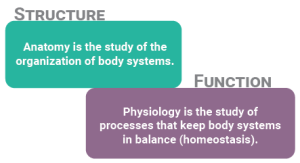
Physiology (Greek: physis, “nature, origin”, and –logia, “study of”) is the study of the function of the human body. The most important branch of physiology is the study of homeostasis, which is the condition of equilibrium (balance) in the body’s internal environment due to the constant interaction of the body’s many regulatory processes. We will examine homeostasis in a later objective.
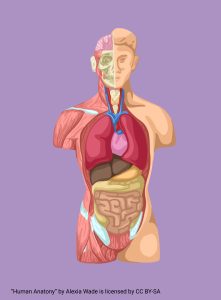
The primary reason we teach anatomy and physiology together, in a single two-semester course, is that anatomy (structure) and physiology (function) are so intimately interrelated. But which leads to the other? Does structure determine function? Or does function determine structure?
Short answer: Yes.
Longer answer: Each influences the other. Structure determines function, as in how bone structure allows the skeletal and muscular systems to perform the functions of support and movement. Likewise, function determines structure, as in how the functional need for cells to pass signals to each other determines there are structures to do just that.
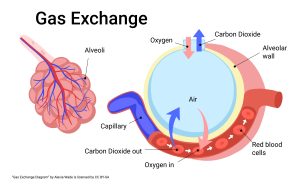
The structure and function of lung alveoli can help with this concept. When we breath in air, it eventually ends up in the alveoli of the lung. The alveolar walls are structurally very thin, being composed of only one cell layer. The thin structure is important because we want to exchange oxygen, among other gases, across that wall to and from the capillary so we can deliver that oxygen to the vital organs of the body. If this wall was very thick, it would be difficult for alveoli to perform their function. For the lungs, as in other human organs, structure and function are inter-related and cannot be separated.
Anatomy 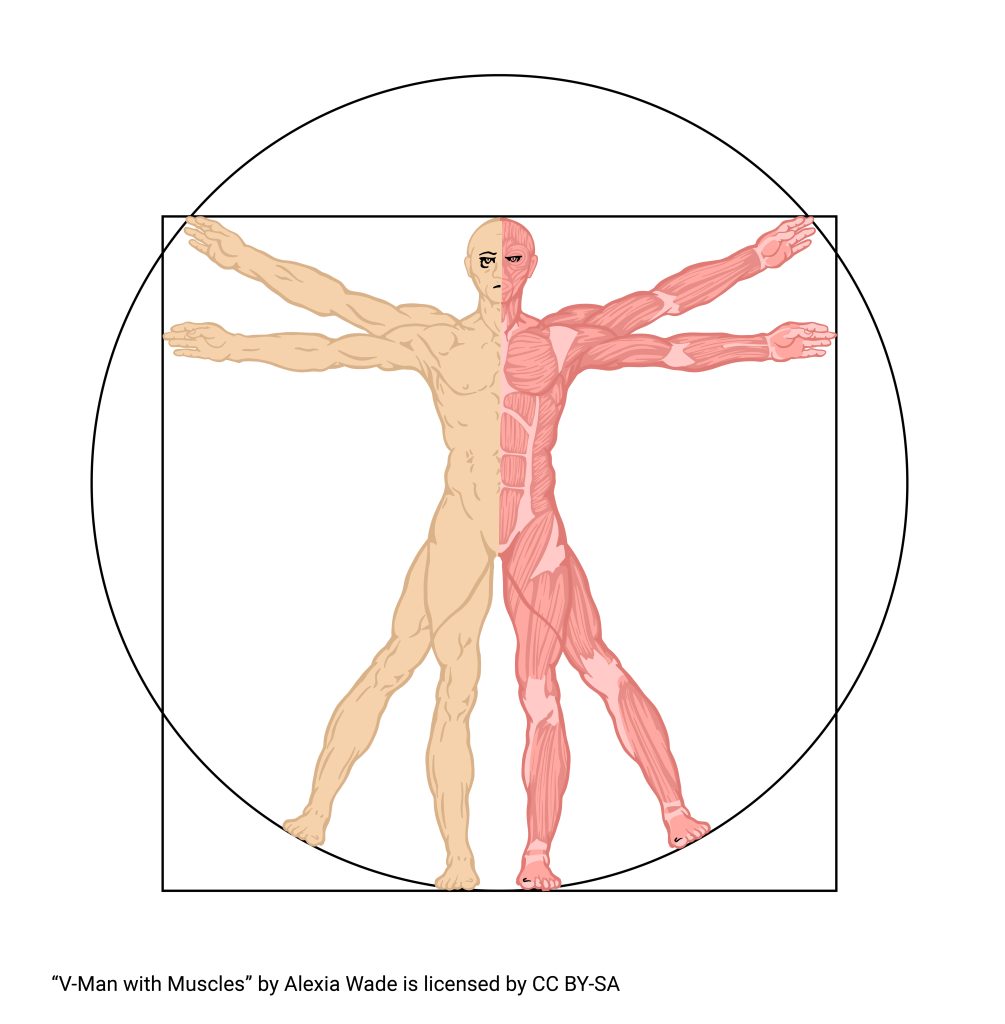
Anatomy is the study of the structure of the human body. Cell biologists and histologists study the microscopic anatomy of cells and tissues, respectively. Systemic anatomists study the human body at the level of systems (e.g. digestive system). Gross anatomists are concerned with internal and external structures that can be seen without a microscope. Regional anatomists study internal and external anatomic interrelationships in a body region (e.g. thorax or head/neck) and surface anatomists never look inside. Radiographic anatomy is the study of body structure using penetrating energy (x-rays, sound waves, and magnetic resonance). Understanding how structures develop over time is the job of embryologists and developmental biologists. Studying structural changes in illness is a concern for pathological anatomists.
You will be tested on your knowledge of the subdivisions of anatomy listed in this table.
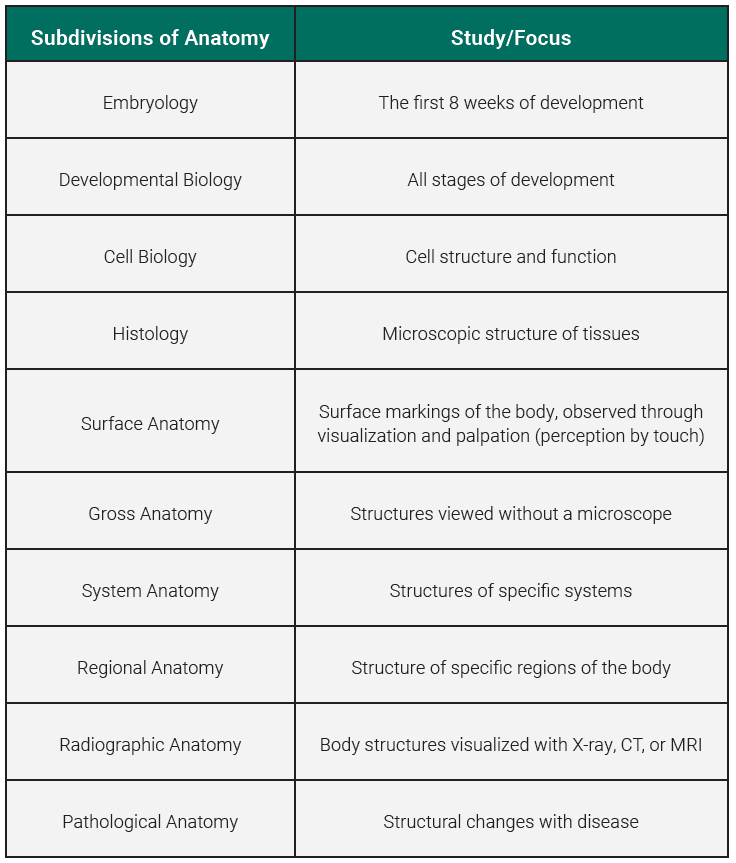
Physiology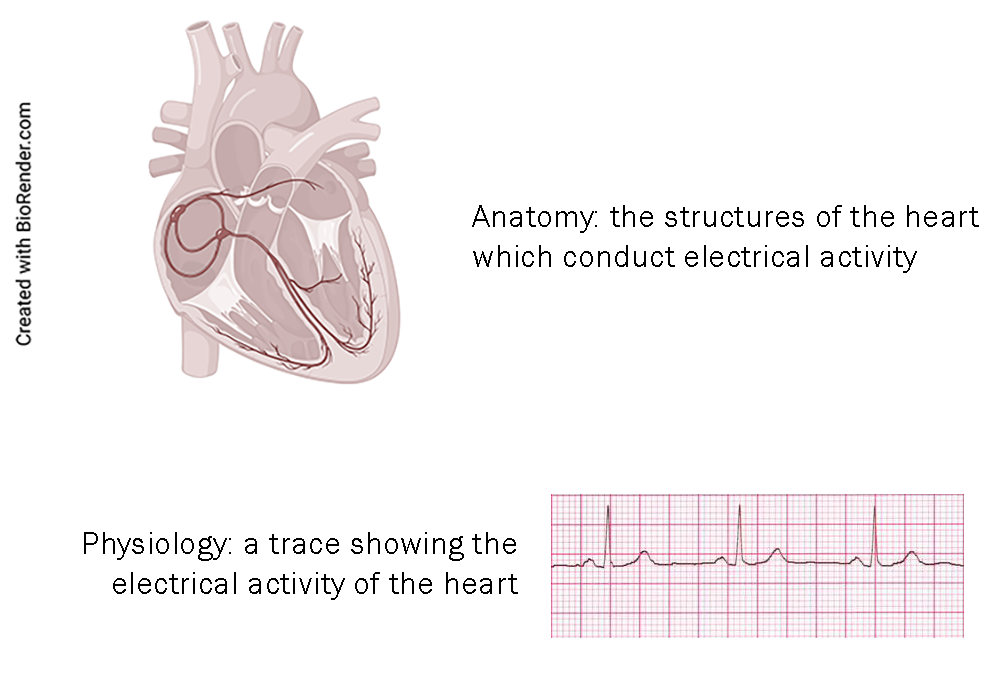
Physiology is the study of the function of the human body. There are many different functional systems in a human body, including the nervous system, endocrine system, cardiovascular system, immunologic (defense) system, respiratory system, and renal (urinary) system. Exercise physiologists study how exercise affects the human body. In another course, Introductory Pathophysiology (HTHS 2230, which many of you will take), we study functional changes caused by disease.
You will be tested on your knowledge of the subdivisions of physiology listed in this table.
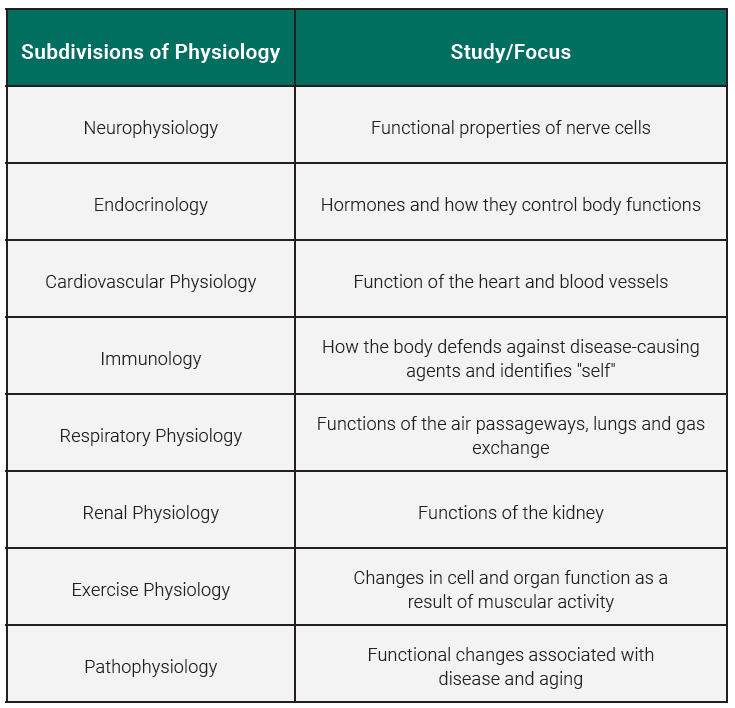
Media Attributions
- U01-001 structure and function graphic © Bizell, Lizz is licensed under a CC BY-SA (Attribution ShareAlike) license
- U01-002 anatomical diagram generic © Wade, Alexia is licensed under a CC BY-SA (Attribution ShareAlike) license
- U01-003 gas exchange © Wade, Alexia is licensed under a CC BY-SA (Attribution ShareAlike) license
- U01-004 Vitruvian man © Wade, Alexia is licensed under a CC BY-SA (Attribution ShareAlike) license
- U01-005 subdivisions of anatomy table © Bizell, Lizz is licensed under a CC BY-SA (Attribution ShareAlike) license
- U01-006 anatomy and physiology of the heart © BioRender is licensed under a CC BY-NC-ND (Attribution NonCommercial NoDerivatives) license
- U01-007 subdivisions of physiology table © Bizell, Lizz is licensed under a CC BY-SA (Attribution ShareAlike) license

